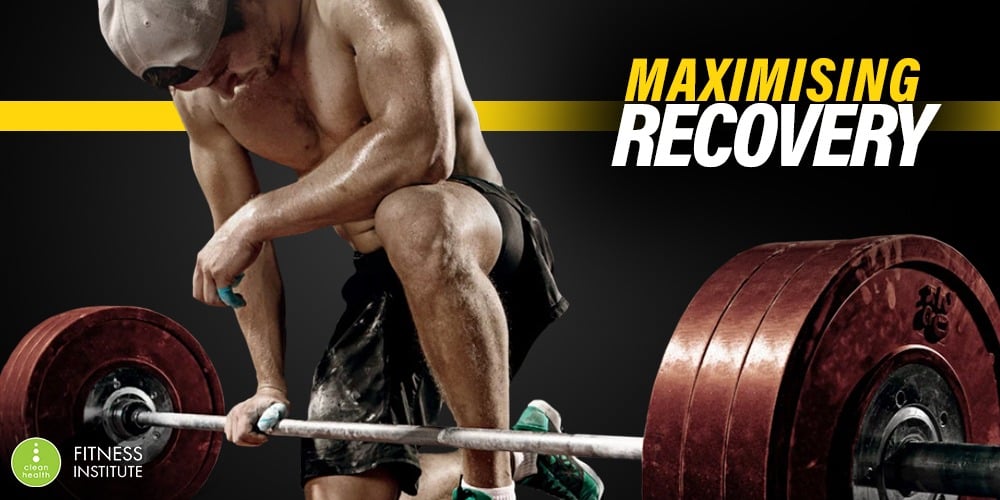
Training & recovery go hand in hand! They say you’re only as good as your last session so you need to maximise recovery to perform better achieve better results. It’s amazing that society is focusing more on training and exercise but it’s becoming apparent that recovery is being overlooked.
If you want to train 4-6 times a week that’s great, but you must recover! More advanced clients may tend to follow higher volume training programs but when it comes to training ‘General Pop’ clients I recommend a whole lot less volume. The reason for this is that the more advanced clients tend to have adopted healthier lifestyles as a whole and are able to put time and effort into maximising their recovery.
‘Max recoverable volume’
Recovery in training is so crucial that there’s a term used ‘max recoverable volume’. Max recoverable volume dictates how many sets really or how much work you can do per week, that you can actually recover from. This allows trainers to determine the right amount of training volume a client can handle and thus program accordingly.
Nutrition & recovery
A key factor for recovery that i like to manipulate with my clients is nutrition. Generally speaking, they’re not going to do a whole massive amount of work if they’re in a calorie deficit, if they’re in a calorie surplus they’re going to tolerate more training volume. They reason why they can tolerate more training volume is simply because they’re eating more. More calories they eat, the more energy they have to support recovery and growth. So in a calorie deficit especially when calories get very low you need to really manage your training volume for your clients.
Assessing recovery
This is further reinforces why managing stress is crucial. The goal is to create a calorie deficit to manipulate the ‘calories out’ component of energy balance, however, whether or not your client is actually recovering needs to be taken into account. This where addressing biofeedback is important! Biofeedback involves monitoring your client’s response to their training and nutrition.
Factors for measuring biofeedback:
- Digestion, bloating & gas
- Libido & sex drive
- Sleep; falling asleep, staying asleep, waking up
- Energy levels
- Mood & enthusiasm
These are all good indicators of how your client is responding to your program and can tell you if they are progression or over training.
Maximising recovery
- Sports massages
- Relaxation massages
- Stretching
- Yoga
- LISS cardio & walking
- Epsom salt baths
- Active recovery on weekends
- Rest days
These are all basic things clients can do as for weekly recovery, and of course simply not going over kill with training volume. The goal is to get the best training results, with as little work as possible, just like with nutrition when we’re trying to lose weight.
Learn the science of sports nutrition, energy balance, macronutrients, micronutrients and much more, with the objective of teaching you how to enhance client recovery outside of the gym and ensure that your athletes are achieving significant and ongoing results in the Strength System International Certification Program Level 1, by Australian Strength Coach Sebastian Oreb.
Click here to learn more.
Written by
Clean Health Fitness Institute






